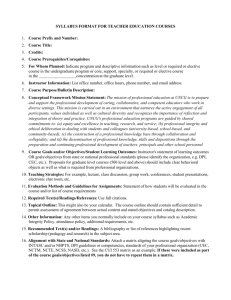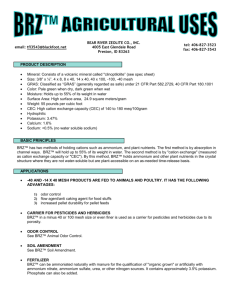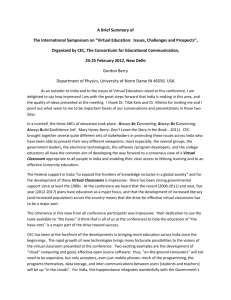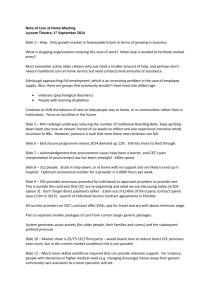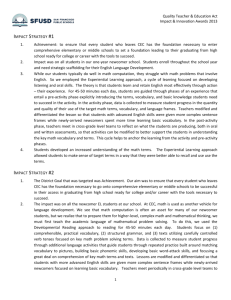printer friendly
advertisement
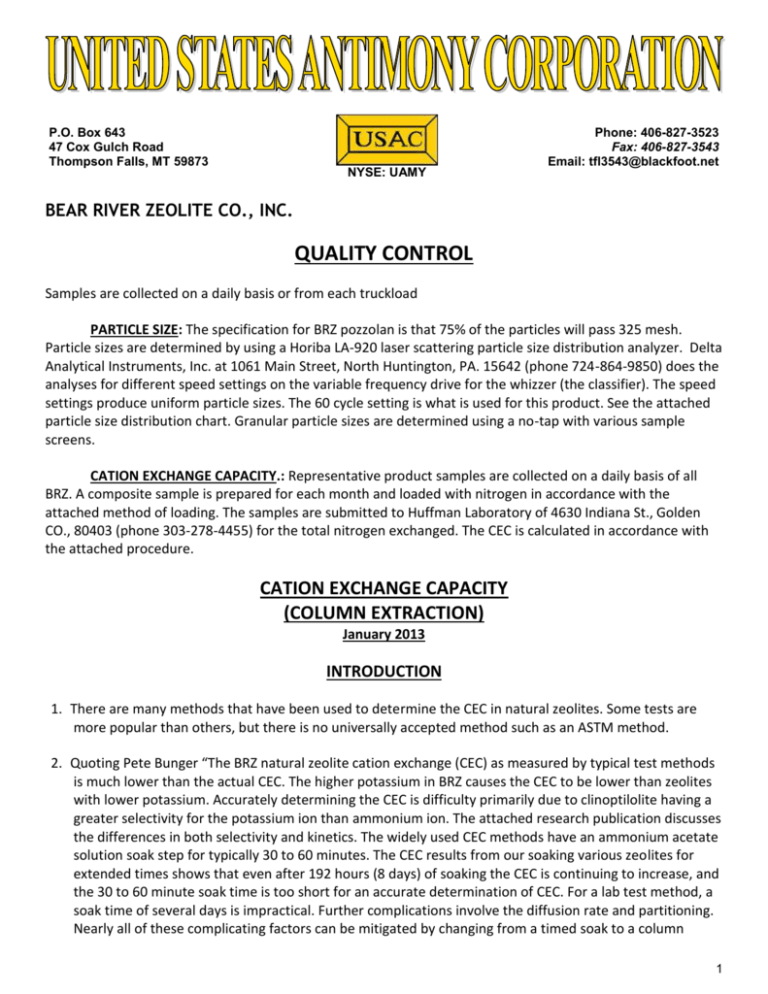
P.O. Box 643 47 Cox Gulch Road Thompson Falls, MT 59873 NYSE: UAMY Phone: 406-827-3523 Fax: 406-827-3543 Email: tfl3543@blackfoot.net BEAR RIVER ZEOLITE CO., INC. QUALITY CONTROL Samples are collected on a daily basis or from each truckload PARTICLE SIZE: The specification for BRZ pozzolan is that 75% of the particles will pass 325 mesh. Particle sizes are determined by using a Horiba LA-920 laser scattering particle size distribution analyzer. Delta Analytical Instruments, Inc. at 1061 Main Street, North Huntington, PA. 15642 (phone 724-864-9850) does the analyses for different speed settings on the variable frequency drive for the whizzer (the classifier). The speed settings produce uniform particle sizes. The 60 cycle setting is what is used for this product. See the attached particle size distribution chart. Granular particle sizes are determined using a no-tap with various sample screens. CATION EXCHANGE CAPACITY.: Representative product samples are collected on a daily basis of all BRZ. A composite sample is prepared for each month and loaded with nitrogen in accordance with the attached method of loading. The samples are submitted to Huffman Laboratory of 4630 Indiana St., Golden CO., 80403 (phone 303-278-4455) for the total nitrogen exchanged. The CEC is calculated in accordance with the attached procedure. CATION EXCHANGE CAPACITY (COLUMN EXTRACTION) January 2013 INTRODUCTION 1. There are many methods that have been used to determine the CEC in natural zeolites. Some tests are more popular than others, but there is no universally accepted method such as an ASTM method. 2. Quoting Pete Bunger “The BRZ natural zeolite cation exchange (CEC) as measured by typical test methods is much lower than the actual CEC. The higher potassium in BRZ causes the CEC to be lower than zeolites with lower potassium. Accurately determining the CEC is difficulty primarily due to clinoptilolite having a greater selectivity for the potassium ion than ammonium ion. The attached research publication discusses the differences in both selectivity and kinetics. The widely used CEC methods have an ammonium acetate solution soak step for typically 30 to 60 minutes. The CEC results from our soaking various zeolites for extended times shows that even after 192 hours (8 days) of soaking the CEC is continuing to increase, and the 30 to 60 minute soak time is too short for an accurate determination of CEC. For a lab test method, a soak time of several days is impractical. Further complications involve the diffusion rate and partitioning. Nearly all of these complicating factors can be mitigated by changing from a timed soak to a column 1 extraction. I suggest a 2.5 cm diameter column with a 15 cm zeolite bed depth and a 1 N (5.2%) ammonium chloride solution flow rate of 50 ml per hour. Due to the slightly basic properties of natural zeolites, the more acidic ammonium chloride is recommended over ammonium acetate.” 3. The fast methods, “soak tests”, are good for field quality control, but they do not reflect the accurate CEC. However they also show comparative results from different clinotilolite properties. Accordingly, Pete Bunger provides the following soak tests: Here are the single soak results (Idaho USA is BRZ). Hours ID USA NM USA S. Africa Australia Turkey 0.5 0.98 0.35 24 1.28 0.48 96 1.32 0.65 0.88 0.66 1.04 192 1.36 0.75 0.93 0.77 1.06 4. For more information the reader is referred to http://www.sciencedirect.com/science/article/pii/S0304389407007789 APPARATUS AND REAGENTS 1. 2. 3. 4. 5. 6. Ring stands to hold burets and separatory funnels. Burets of approximately 2.5 cm diameter. Separatory funnels with PTFE plug stoplcock a capacity of 500 mls minimum. 500 ml beakers. Ammonium chloride. Drying oven with internal fan and thermostat. COLUMN METHOD OF DETERMINING CEC. 1. Determine the percentage of moisture in the zeolite by drying 100 grams in a drying oven for 2 hours at 105 degrees centigrade. 2. Prepare a 1 N (5.2%) ammonium chloride solution using distilled water in quantities of at least 500 ml. 3. Swirl 100 grams of 14 x 40 sample with 500 ml of water. Pour off the cloudy water. Repeat two more times. 4. Place a bed depth of 15 cm of the sample in the buret partially filled with water. 5. Fill the separatory funnel with a minimum of 500 mls of ammonium chloride solution (10 hours worth) so that it feeds into the top of the buret on the ring stand. 6. Adjust the flow from the separatory funnel to 50 mls/ hour. 2 7. Adjust the discharge from the buret so that the bed stays immersed and the buret discharges 50 mls/hour. 8. After 192 continuous hours of running, allow the ammonium chloride solution to run out. 9. Wash and refill the separatory filter with distilled water. Allow a 5000 ml wash of the bed in the column at a rate that is as fast as possible. 10. Discharge the zeolite and allow it to air dry (increased temperature will volatilize the nitrogen as ammonia). 11. The samples are submitted to Huffman Laboratory of 4630 Indiana St., Golden CO., 80403 (phone 303278-4455) for the total nitrogen exchanged. The procedure is described by Ed Hufffman : “Nitrogen is determined on a Thermo Flash EA 1112 analyzer. The technique is based on the classical Dumas method with thermal conductivity detection (TCD). The method is described in ASTM D5373 (coal) and ASTM D529 (petroleum products).Weighed samples are combusted in oxygen at 950 degrees C. The combustion products (including N2 and NOx) are swept with a helium carrier gas through combustion catalysts, scrubbers and through a tube filled with reduced copper. The copper removes excess oxygen and reduces NOx to N2. The N2 is then separated from other gas on a chromatography column and measured with the TCD.We use relatively large samples so the precision should be better than +- 0.1% absolute.” 12. Calculate the CEC as follows: CEC meqs/100 grams = Nitrogen exchanged as % X 1000 14.0067 Divide the CEC by the percentage dry weight determined in step 1. For instance if 12 %, the dry weight would be .88. With a CEC of 160.00, the CEC would be 181.82. the moisture was MOISTURE DETERMINATION. A composite sample is collected and the free moisture is determined in a drying oven set at 100-105 degrees C for two hours. WEIGHTS. Weights are determined by calibrated scales for packaged product or by certified truck scales. HEAVY METALS AND MINERALOGIC COMPOSITION. Quoting the late George Desborough: “”This work was done using the modem U. S. Geological Survey (USGS in Denver, CO) XRD equipment using the computerized JADE mineral identification programs to assist in identification of minerals. … More than 20 XRD samples (including composite samples from 3-15 foot thick zones at what is now the main mining pit of BRZ) were studied. Quartz was never detected. Clinoptilolite was the only zeolite found. Opaline silica commonly referred to as “opal C-T” was the major diluent. Bulk chemical compositions were determined using XRF at USGS to determine concentrations of Na, Ca, K, Al, Si, Fe, Ti, TRUCK INSPECTION AND TRUCK WEIGHT. Each truck will be inspected for cleanliness. The net weight of each load will be determined by the BRZ truck scale. The scale has been certified by the State of Idaho. LOT NUMBER. A lot number will be assigned to each truckload of BRZ pozzolan based on the date and the truckload number (example 16 Jan 08-3 for the third truckload for 16 Jan 08). CERTIFICATE OF ANALYSIS. A certificate of analysis (C of A) will be prepared for each load giving the particle size, CEC, moisture, net weight of the material on the truck, and lot number. 3

